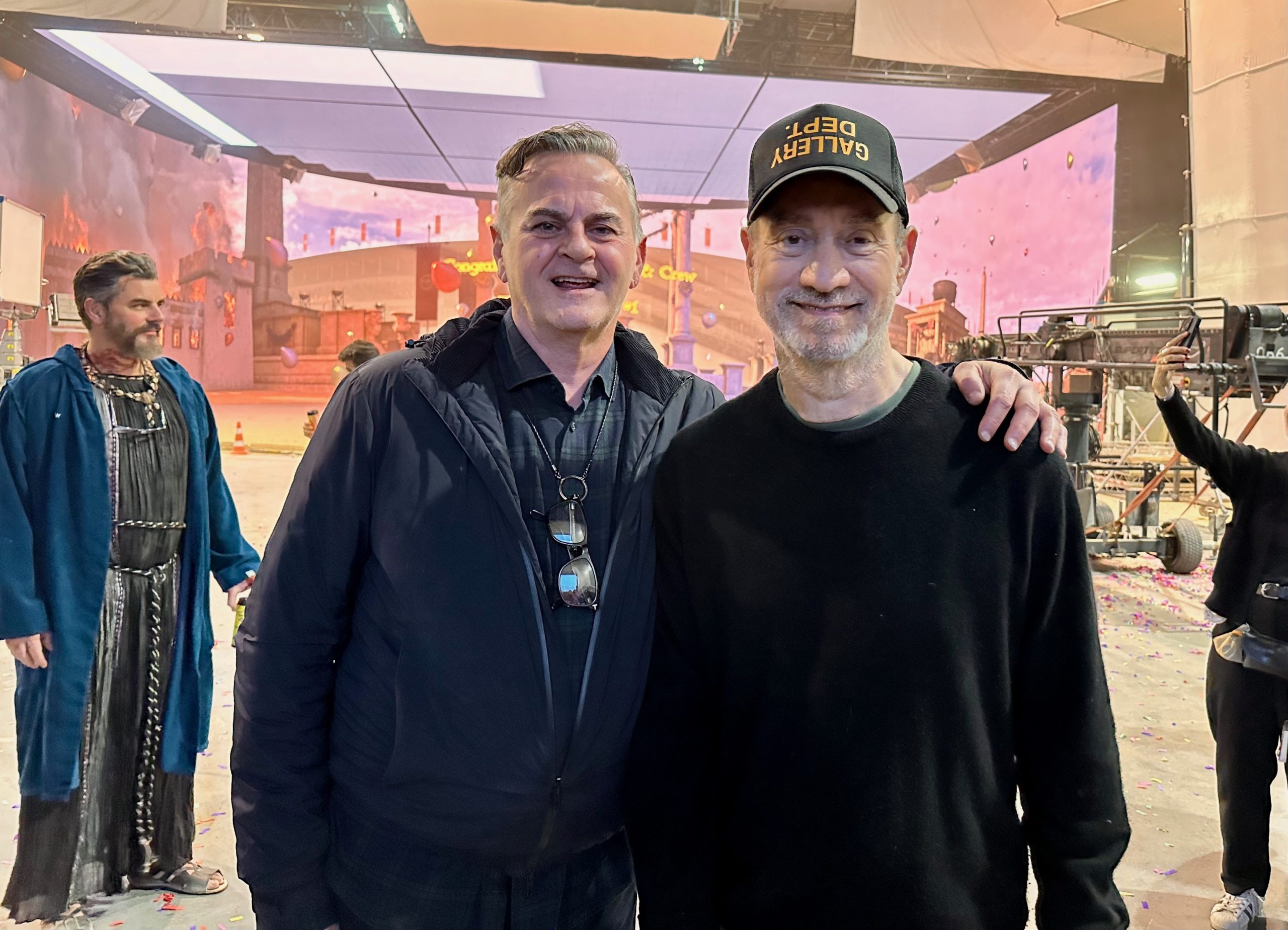Gianni Casalnuovo, renowned costume designer, invites us to discover the secrets and inspirations that brought the stunning costumes of ‘Those About to Die’ to life. In this exclusive interview, Casalnuovo shares his creative process, the challenges he faced and how he manages to make each piece of costume tell a unique story on screen.
– How did you approach the costume design process for “Those About to Die”?
The process of costume design involved several key steps to ensure that the costumes effectively conveyed the essence of the characters and the story.
1. **Script Analysis**: The first step was to thoroughly read and understand the script. This helped me grasp the setting, the time period, the characters’ personalities, and their development throughout the story.
2. **Character Research**: I delved deep into the background of each character. This included understanding their social status, profession, personal conflicts, and how they evolve during the storyline. Knowing these details is crucial to creating costumes that are authentic and appropriate for each character.
3. ** **Historical and Cultural Context**: With the story set in a particular historical period, I conducted extensive research to ensure the costumes were accurate and representative of that era. This involved examining every visual reference I could find about ancient Rome. A particularly significant step in my research was visiting the archaeological site of Pompeii. This visit provided invaluable insights, especially for color references, and served as a key inspiration for the costume designs.
4. **Design and Sketching**: With all the research in hand, I started sketching initial designs. At this stage, I focused on reflecting each character’s individuality through clothing — paying attention to color palettes, textures, and styles that resonated with their personas.
5. **Collaboration**: I worked closely with the director, production designers, and other key members of the production team to make sure my visions aligned with theirs. Collaboration ensured that the costumes complemented the overall visual style and tone of the film.
6. **Material Selection**: Once the designs were approved, I sourced materials. Choices here are vital — fabrics must not only look good but also be durable and comfortable for the actors to wear throughout potentially long shooting days.
7. **Fittings**: I conducted multiple fittings with the actors. It was crucial to see how the costumes looked on them and to make adjustments for comfort and movement, as well as ensuring the costumes highlighted their performances without distractions.
8. **Final Adjustments and Detailing**: After fittings, I made any necessary adjustments and added details that might bring a costume to life — be it aging a garment for a more authentic look or adding personalized accessories for the characters.
9. **On-Set Presence**: During filming, I or a member of my team would be on set to handle any last-minute changes or fixes, making sure the costumes remained consistent and true to the original design throughout the shoot.
By following these steps systematically, I aimed to make the costume design an integral part of storytelling in “All About to Die”, enhancing the audience’s connection to the characters and the narrative.
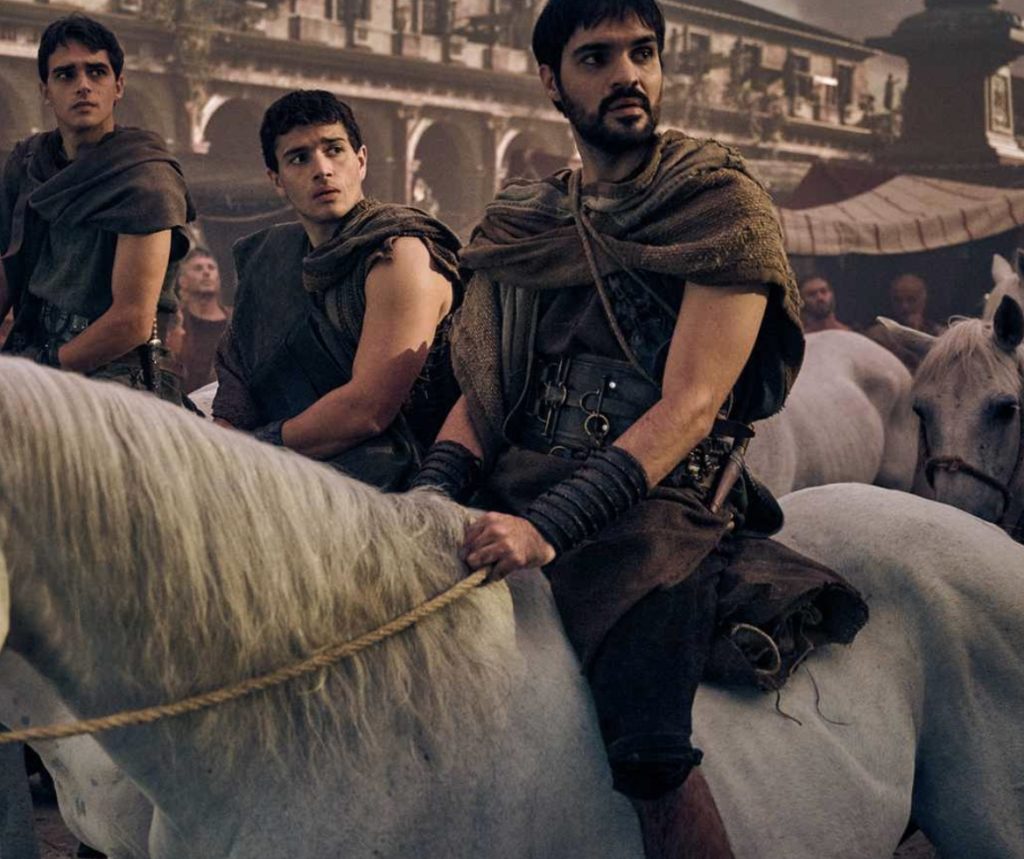
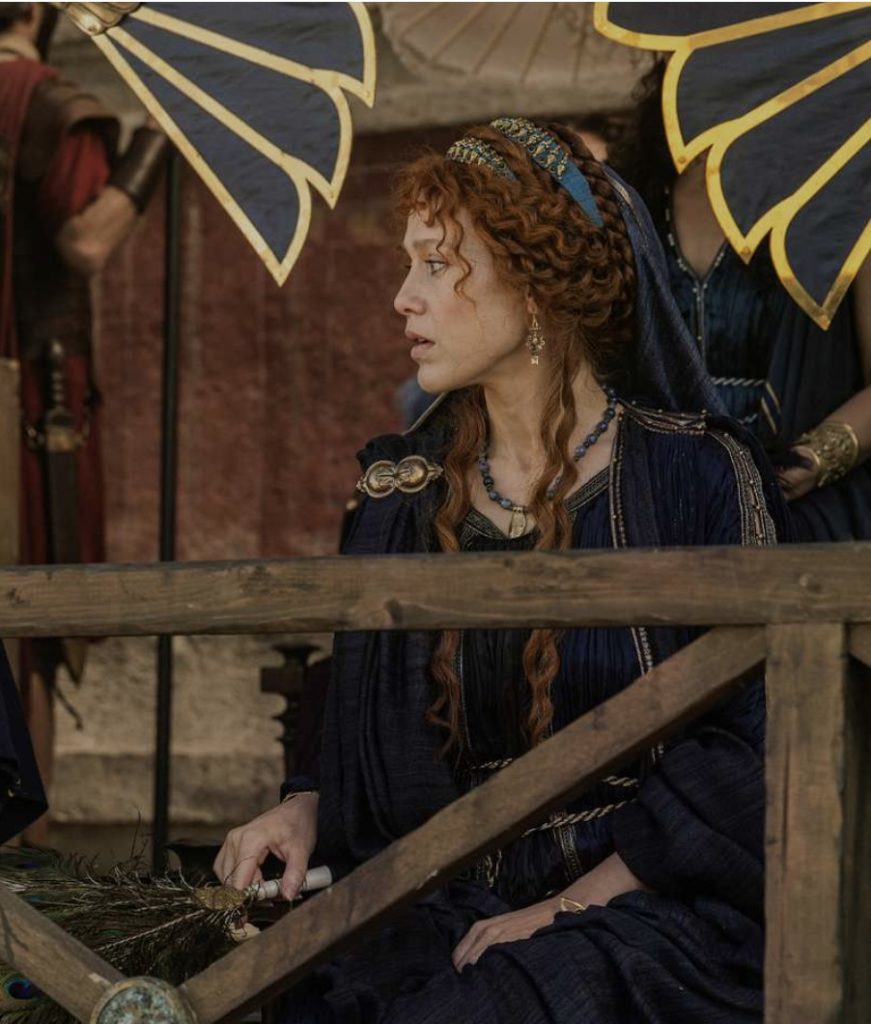
– What were the biggest challenges you faced in creating authentic Roman costumes?
The most significant challenge we faced when creating authentic Roman costumes for such a large-scale production was undoubtedly the sheer volume required. With a cast, stunt team, and extras combined, we ended up crafting around 3000 new costumes. This massive undertaking was essential to achieve the distinct visual identity we envisioned for the show, setting it apart from other period pieces.”
– How did your work with Peris Costumes influence your designs for the series? How was your experience working with Peris ?
Working with Peris Costumes was an absolute pleasure (As usual) . Their expertise and support were invaluable in bringing my designs to life. Their willingness to collaborate and offer creative input was inspiring. Unfortunately, due to geographical challenges and the demands of other projects they had, we were unable to fully utilize their incredible talent. However, their contributions were essential to the project. I hope to have the opportunity to work with them more extensively in the future.”
– Can you describe your collaboration with the director and other key members of the production team?
Collaborating with the director and the production team was instrumental in achieving the desired look for ‘Those About to Die’. We engaged in extensive discussions about the historical accuracy, the overall tone of the series, and the specific character arcs. The director’s vision was clear and inspiring, providing a strong foundation for our costume designs. Their input, combined with the expertise of the production team, created a dynamic and collaborative environment that allowed us to bring the Roman world to life authentically and visually compellingly.”
– What specific historical references or sources did you draw inspiration from for the costumes? How did you ensure the costumes accurately reflected the political and social dynamics of ancient Rome?
Our research into Roman costume was extensive. We delved deep into historical texts, archaeological findings, and existing artistic representations to ensure authenticity. Key sources included works by historians, as well as visual references from frescoes, mosaics, and sculptures. To accurately reflect the political and social dynamics of ancient Rome, we meticulously studied the hierarchies of clothing, paying close attention to fabrics, colors, and embellishments. By understanding the significance of specific garments and accessories within different social classes, we were able to create costumes that not only looked authentic but also conveyed the characters’ status and roles within Roman society.”

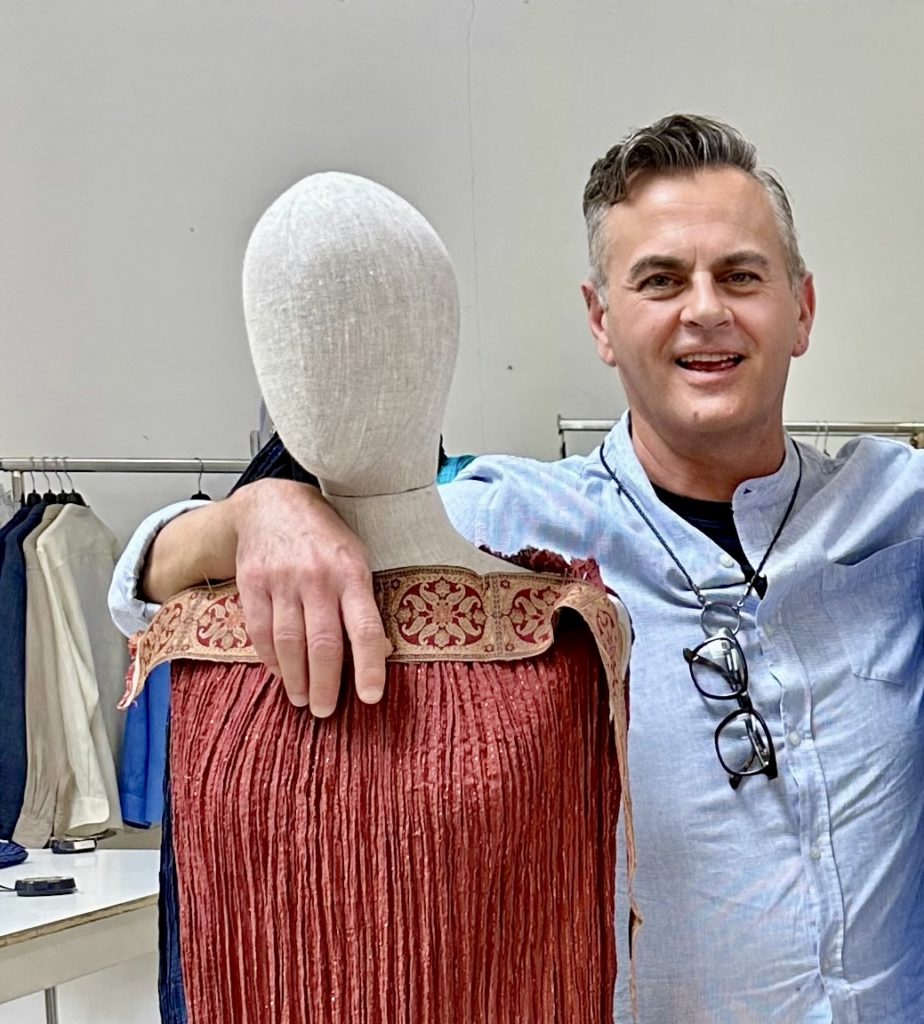
– Can you share any memorable experiences or anecdotes from your time working on the series? What advice would you give to aspiring costume designers looking to work in historical dramas?
The first thing that comes to my mid is something about Sir Antony Hopkins that plays Emperor Vespasian. I was incredibly excited at my first costume fitting for Sir Anthony Hopkins – he’s one of the greatest living actors, after all! Luckily, the fitting went smoothly, and he seemed very pleased with all the costumes I had prepared.
Feeling a bit more relaxed, I confessed that I barely slept the night before, nervous about meeting him. To my surprise, he burst out laughing and launched into an imitation of his iconic Hannibal Lecter performance from “The Silence of the Lambs”! He playfully asked, “Am I scaring you now?” It was hilarious! Sir Anthony turned out to be a genuinely lovely person, and I feel incredibly lucky to have had the honor of working with him and dressing him for this show.
For aspiring costume designers in historical dramas, I would emphasize the importance of thorough research. Immerse yourself in the historical period you’re interested in, studying everything from art and architecture to social customs and fashion. Develop a strong understanding of historical accuracy, but also remember that costume design is a form of storytelling. Use your creativity to bring characters to life while staying true to the period. Building a strong portfolio that showcases your ability to research, design, and execute costumes is crucial. Networking within the industry is also essential for gaining experience and building relationships.

